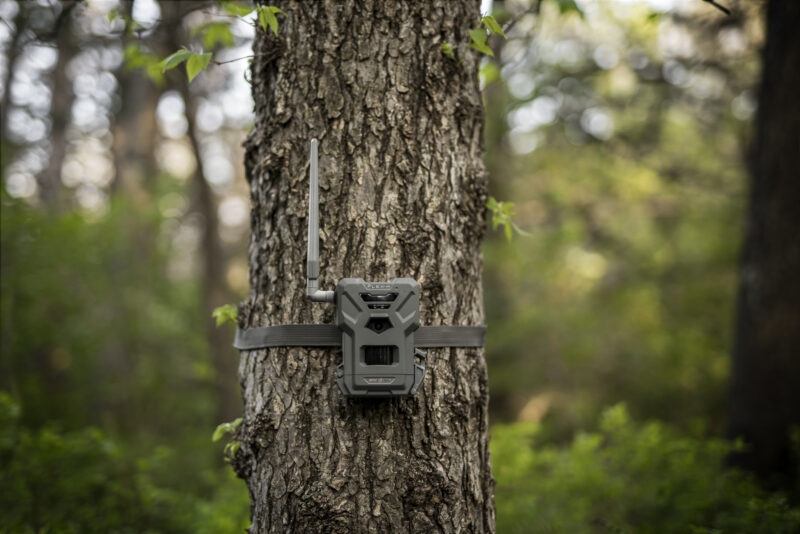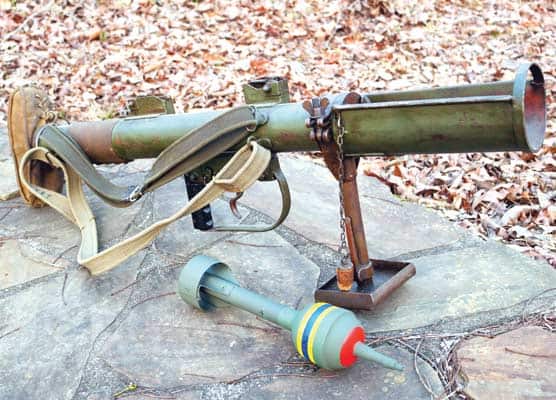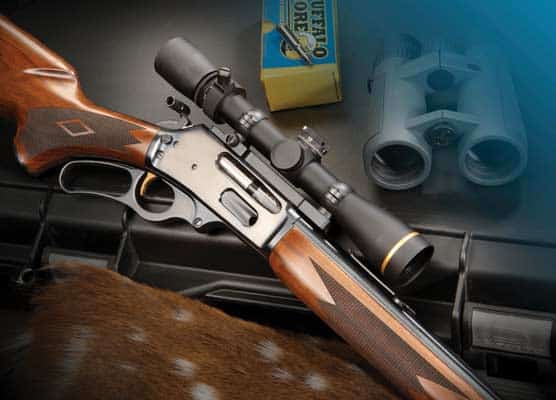A Pair Of Kings
Stunning Workmanship And A Bit Of Mystery Keep The Past Alive
There’s no doubt I’m afflicted. Anytime I go to a gun show or shop I do not look at the new stuff, I look for things falling within the rather flexible parameters of my collection. As a onetime gunsmith I especially like to look at pistols and revolvers that have been touched by gifted hands.
IPSC shooters will claim they launched the craze for customizing 1911-style pistols. Of course that isn’t true, for we can trace the accuracy work still done today back to the 1930s and the sport of Bullseye pistol. And long before pistols ruled, all of the events were fired with revolvers. Though some may cry heresy the fact is modern custom work began with them.
Shooters have always wanted to improve their guns and since bullseye shooters are more picky than most, it was completely reasonable for gunsmiths to cater to them. In those primordial days after Wold War I, adjustable sights were pretty rare, so a man named King invented one still perfectly useable today. You may have heard of King Gun Sight Co. (no relation to the present King Gun Works). First in Colorado and later in San Francisco, Dean W. King produced dozens of sights for both handguns and rifles, but for me his greatest contributions were the blending of great sights with custom work that merits the envy of anyone working today.
Not Just Sights
I’m sure very few guns went to King for sights that didn’t also get some form of action work. By far the largest number of King guns are Colts; some single, but most double-action revolvers. You’ll find guns where the sight groove on top of the frame has been milled out and King’s adjustable rear installed, and there’s always a front sight ramp of some kind. The most notable of his front sights were the “Mirror” version having had a shiny piece of metal inlaid into the base to reflect light onto the sight post. Those things really work. Many of the Mirror sights had a red plastic insert but there were also gold beads and plain patridge sights too. The full-house treatment was the Micro Target Rib running the entire length of the gun with integral front and rear sights. If you look at a Colt Python you’ll see a close copy.
Many King guns have a wonderful short action modification significantly reducing hammer travel. Shorter lock time is a good thing for target shooters. He would also modify the hammer spur for easier cocking. The coolest is the “cockeyed” hammer, where it’s enlarged to one side — depending on whether the shooter was right, or left handed — or there can be just an oversized hammer spur. Now remember, this is long before “target” hammers were factory made so he had to build them up by welding and then cut very fine checkering. The workmanship on these is perfect and if you didn’t know you’d think it came from Colt that way.
A Surprise or Two
Over the years I have become a real fan of King guns and look for them at shops and shows. Recently two came home with me illustrating the kind of work King could- and would-do. Both are Colt Army Special .38s; one from 1916 the other 1921. The older gun’s finish is well worn but when I first saw it something didn’t look quite right. The barrel was longer, and heavier than I thought it should be and when I picked it up there, plain as day, was the marking “Colt Single Action Army …” Missing is the “Caliber .38” that should be there. Also the top markings end abruptly with “HARTF … “with just a trace of the “O” still visible.
The barrel most common for the Army Special was relatively skinny and 6″ long. This one was considerably heavier and 6 1/2″. What King had done was take a 7 1/2″ SAA .38 barrel and fit it to the Army Special. As I examined the gun the first time I wondered how they had gotten a single-action barrel without the stud for the ejector rod, but under strong light I found where the stud had been milled out and replaced with a smooth piece that was then fitted and polished to match the barrel. It is done so well most people never even notice. By the way, such a part is known as a “dutchman” in machinist lingo — doubtless a reference to plugging dikes. In addition they had to make a new finial for the ejector rod because the original diameter would have hit the barrel.
Of course single-action collectors today know how rare original first generation .38 Special barrels are and might weep bitter tears over the sacrilege of modifying such a rare piece but the fact is back then they weren’t rare and nobody knew they would be. The .38 Special was first offered in the SAA in 1930 so I think it’s safe to say this gun was built well before World War II. It shows lots of use and has been refinished by rust blueing. The hammer is wide but not cockeyed and in addition to the famous “short” action this one has been converted to single-action only. If you pull the trigger without cocking it first the cylinder will rotate but the hammer won’t move.
This is one of those guns that might pass unnoticed because the only thing that says “King” is a small stamp on the rear sight. Normally King’s front sights are marked. This one isn’t although it has the look.
Then along came another Army Special from King. This one was made in 1921 and caught my eye because of the lovely Roper grips it wore and the King Mirror front sight with a shiny red insert. A quick examination found a flawless finish and a conversation with the young man at the table revealed he was selling some guns from the estate of his grandfather. The cylinder was held shut with one of those plastic tie wraps but the gun looked so nice I didn’t spend any more time making a decision. A brief negotiation and it was mine. It went into an empty gun rug I always take to shows just in case and then took the long ride home.
The next morning I unpacked and cut the wrap off. That’s when a lightning bolt of recognition hit me. There on the right side of the frame was a cylinder latch just like the one in the proper spot on the other side. It was so perfectly blended with the frame that I first thought the cylinder had been converted to open from either side but that wasn’t the case at all. Of course the side plate had to come off and that revealed a screw fitted from inside to hold it there. The amount of precision work required to drill that little hole in precisely the exact spot it needed to be to make the fake latch look like it grew there was challenging. Further examination revealed it was an original Colt part modified to sit flush on the other side.
Of course the question that screams at me is why was this amount of work done? Obviously I don’t know. One theory floated by was it was put there to be a thumb rest for a left handed shooter. And actually, that may be right. The Roper grips have a pronounced right hand thumb rest but we have no way of knowing whether or not they might have been added by a subsequent owner. Another possibility is it was simply done to be symmetrical or just look cool. As a bonus the front and rear straps of the frame plus the trigger had been checkered. This was not something common to the Army Special so the chances are that work was done at King as well.
The Surprises Continue
One nice surprise is the action has not been modified. The hammer is the wide flat King style but the action shows no other signs of work. The trigger pull is crisp but a somewhat heavy 3 1/2 lbs.
The thing that blows me away from studying these guns plus a few others is the quality of the workmanship. We have to remember in the 30s when most of this work was done, they didn’t have CNC, just basic lathes and milling machines. A bunch of the work was simply done by hand with a file. But back then, 50-cents an hour was good money and as the country recovered from The Great Depression men took work where they could find it. Gunsmiths did what customers wanted — and could pay for. And I don’t doubt some of the King work I’ve seen exceeded the original cost of the gun.
By far the majority of the guns we see with King sights are Colt double-action revolvers. It must have been a prolific shop too for if you look for them they aren’t hard to find. I suspect the percentage that have survived all these years is far higher than many old guns, simply because people cared for them. Most have that neat loved look you can’t easily describe but know when you see it.
When Dean King died in the early fifties the company died with him. Other than the guns themselves and a series of old ads from The American Rifleman there is little historical record of the company. I guess that makes research that much more fun.








